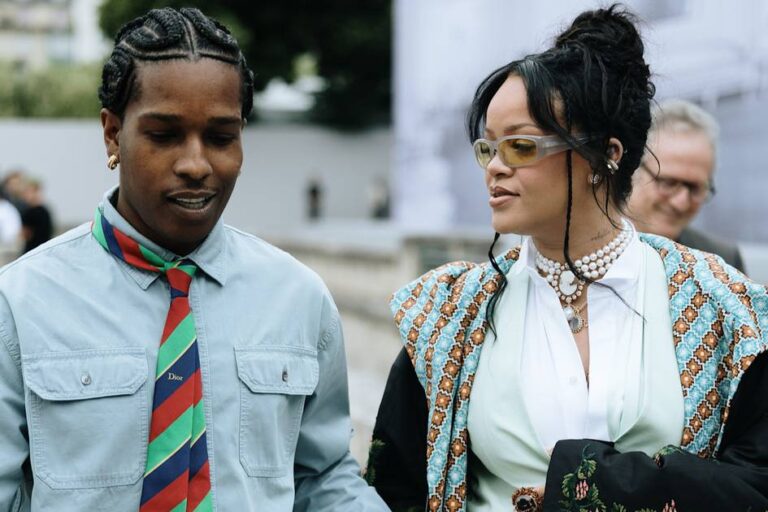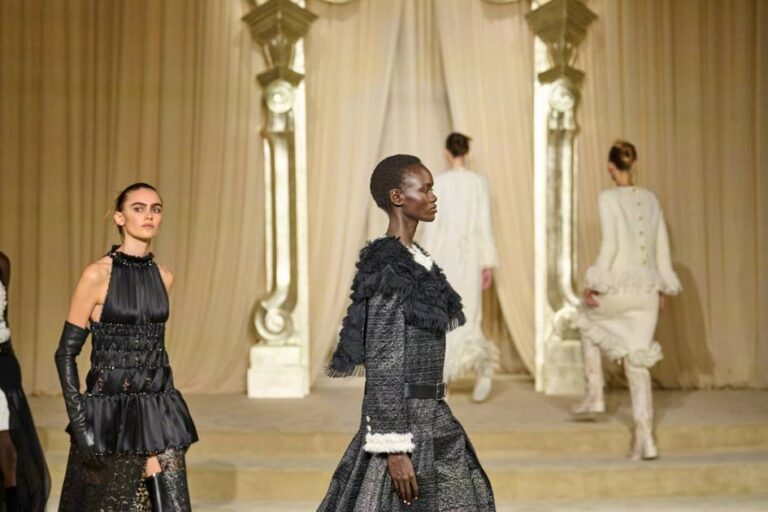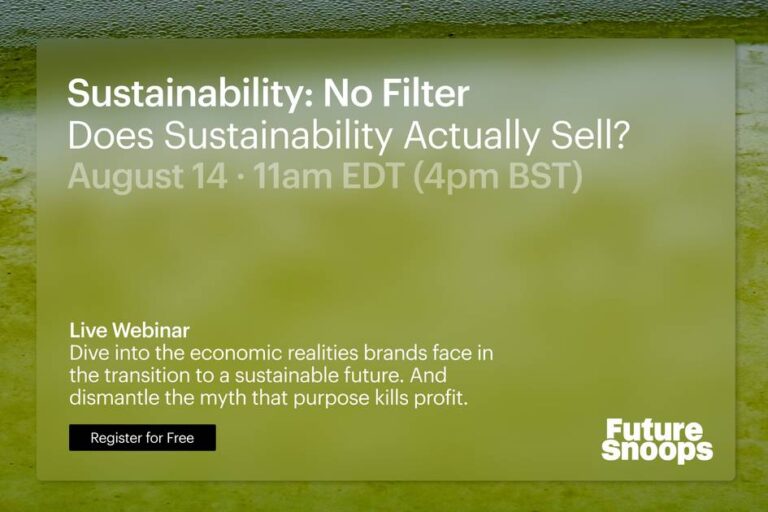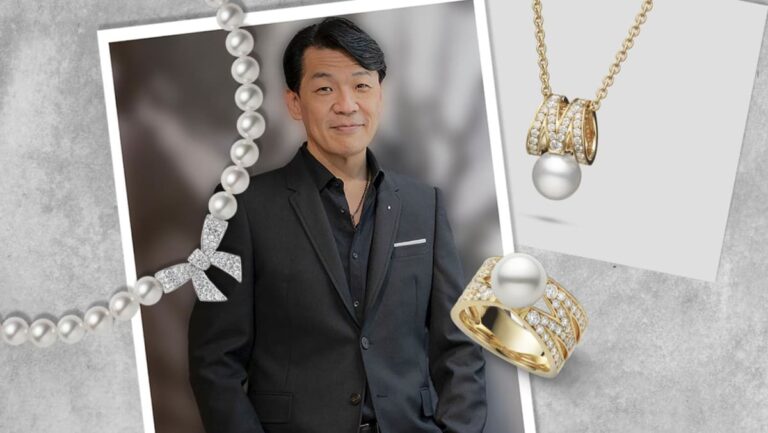Exploring the Future of Vogue: What’s Next for the Iconic Magazine?
This week, Vogue marks an important transition with the appointment of Chloe Malle as the Head of Editorial Content for American Vogue. Formerly an editorial insider, she steps into the role following the legendary Anna Wintour, who has concluded a remarkable 37-year tenure while still serving as Condé Nast’s global Chief Content Officer.
The transition exemplifies the quintessential Vogue ethos: smooth, internally-driven, and politically astute. While Malle’s credentials may not scream innovation, they are impressive. Since joining Vogue in 2011, she has adeptly navigated digital environments, podcasts, newsletters, event collaborations, and branded content initiatives. Her leadership has seen Vogue.com’s direct traffic grow significantly, with an impressive average of 14.5 million unique monthly visitors. For a media institution with legacy roots, this digital-centric growth is commendable.
In the current climate of media, Malle’s role leans more toward operational leadership than pure creativity. She faces the challenge of merging Vogue’s rich legacy with the constant demands of audience analytics, engagement numbers, newsletters, and trend-sensitive content. This, indeed, is the new face of traditional media in an age dominated by AI.
Condé Nast in Transition
Condé Nast, Vogue’s parent company, has made significant workforce reductions, particularly within its digital video and entertainment sectors. The company cites a decline in digital advertising revenues and a shift towards short-form content as primary reasons for these cuts. As a countermeasure, Condé Nast is increasingly focusing on subscriptions and e-commerce, which have seen a growth of 44 percent through affiliate models. According to Subscription Insider, the company aims to double its consumer revenue in five years.
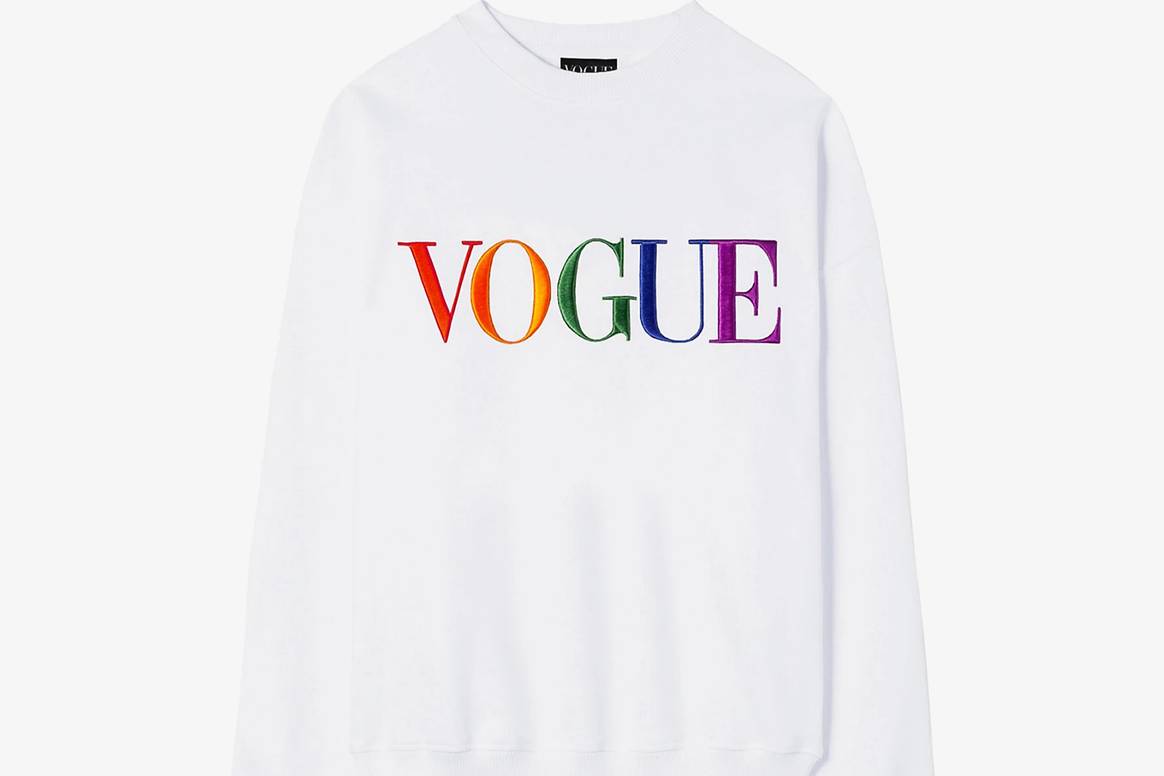
Within this changing landscape, Malle’s primary focus will be on monetizing content, driving audience-focused innovation, and maintaining Vogue’s prestige despite budget constraints. She navigates the delicate balance between fashion’s rich tradition and the harsher realities of media economics.
This is also a noteworthy generational transition. Many of Vogue’s past aspirants, often from fashion elite backgrounds, are now looking away from such roles. The challenges of upholding legacy brands amidst declining ad revenues, platform volatility, and the pressures of continuous metrics have made these positions less sought after. Malle, like Wintour, has a background in that elite circle; her mother, acclaimed actress Candice Bergen, portrayed a Vogue editor in *Sex and the City*, showcasing a blend of real-life and fiction in her new role.
What Lies Ahead for the Brand?
Malle now carries the dual responsibility of being both a custodian and an innovator for Vogue. The expectation remains for the brand to act as a “standard-bearer and boundary-pushing leader,” as noted by the Guardian regarding Wintour. However, the context has dramatically shifted. The Met Gala, Vogue World, and various global editions still reflect Wintour’s influence, yet the essence of the brand is increasingly found in vertical scrolls, newsletters, podcasts, and shoppable content. For Malle, the challenge is to ensure Vogue resonates with Gen Z and Gen Alpha, moving beyond merely being a fashion status symbol. Print, once the core of the magazine, has faded, with whispers of a potential reduction to just a few premium editions each year. The era of American Vogue being viewed as the “fashion bible” may be a thing of the past.
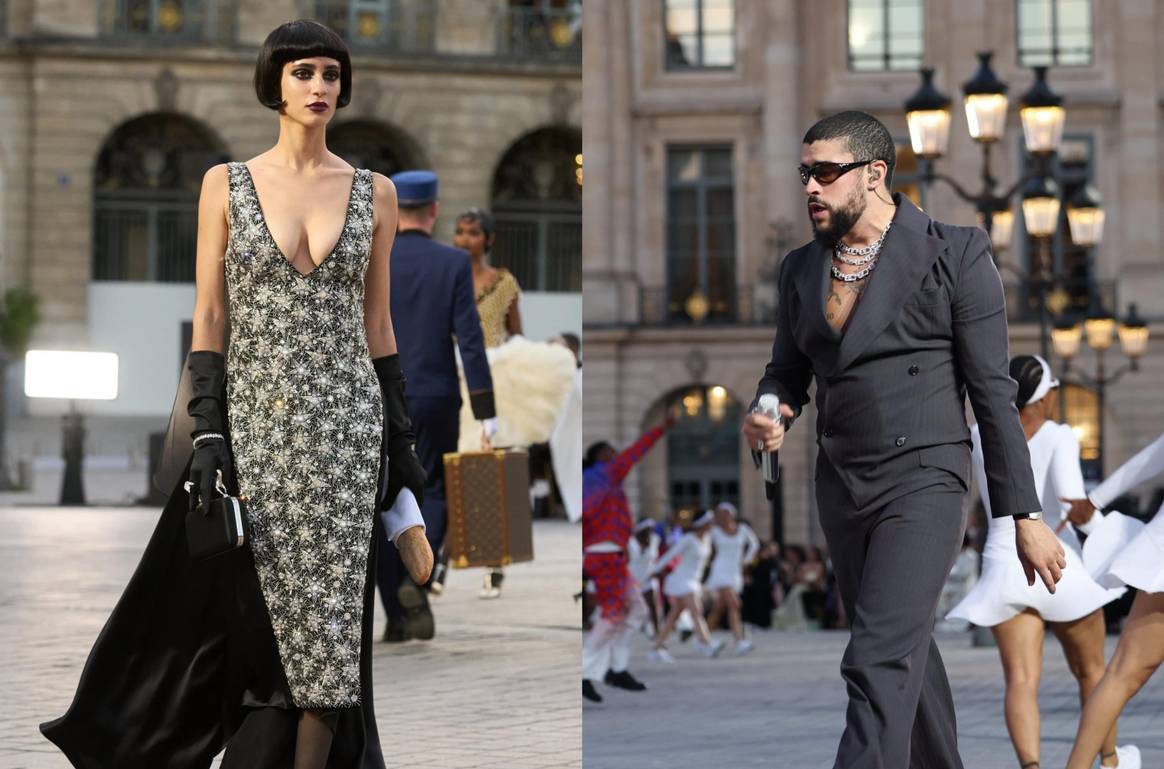
Are you excited to see how Chloe Malle will shape the future of Vogue?
